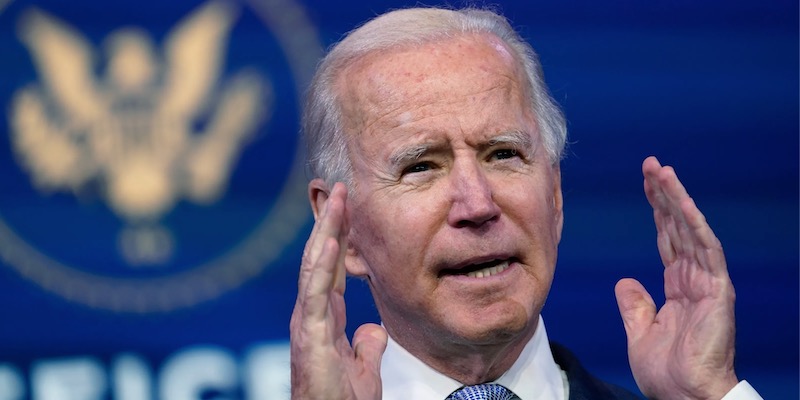As Kate Werk on X noted, the real news
And then, the subheading grossly misrepresents the facts, inexplicably rounding up the figure of 7% to "less than 10%".
Deceptive headlines are deceptive journalism.
— Katewerk (@katewerk) December 15, 2023
The International Energy Agency, in its reports on energy financing, breaks down global energy investment into investment in fossil fuels, on the one hand, and in “clean energy,” on the other. In 2023, estimated investment in “clean energy” will be close to $2.2 trillion (in C$). That is an almost unimaginable amount of money, made only slightly less daunting when portrayed as $6 billion per day.
The $2.2 trillion consists of investment in: renewable power (electricity generated by wind, solar and biomass energy sources) of about $857 billion, energy grids ($430 billion), energy efficiency ($438 billion), electric vehicles and battery storage ($216 billion combined) and nuclear energy ($82 billion).
The International Renewable Energy Agency (IRENA) uses a different definition of renewable energy. It includes wind, solar, biomass, energy efficiency, “electrified transport,” “electrified heat,” energy storage, hydrogen and carbon capture and storage, but excludes nuclear energy. According to IRENA’s most recent report, investment in these “transition-related technologies” totalled $8.9 trillion over the years 2015-2022. Last year, expenditures were $1.7 trillion — a cool $4.7 billion per day.



